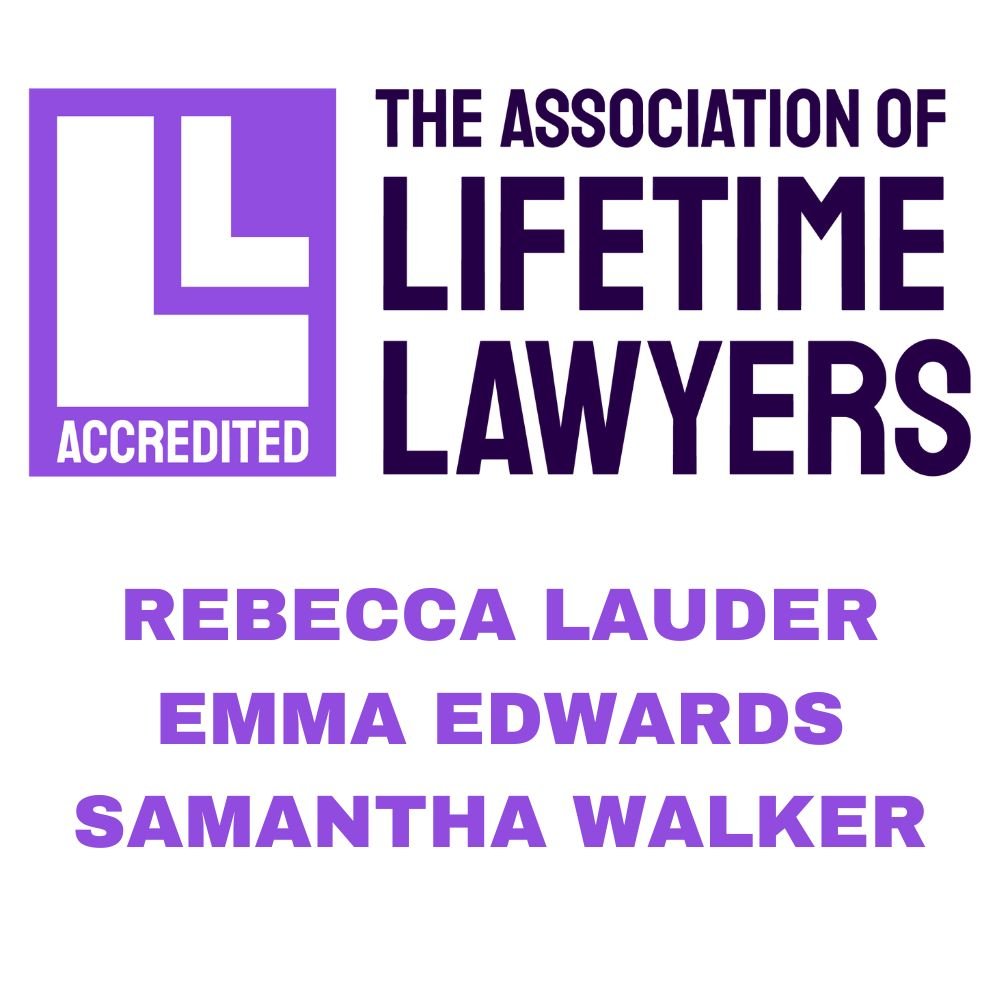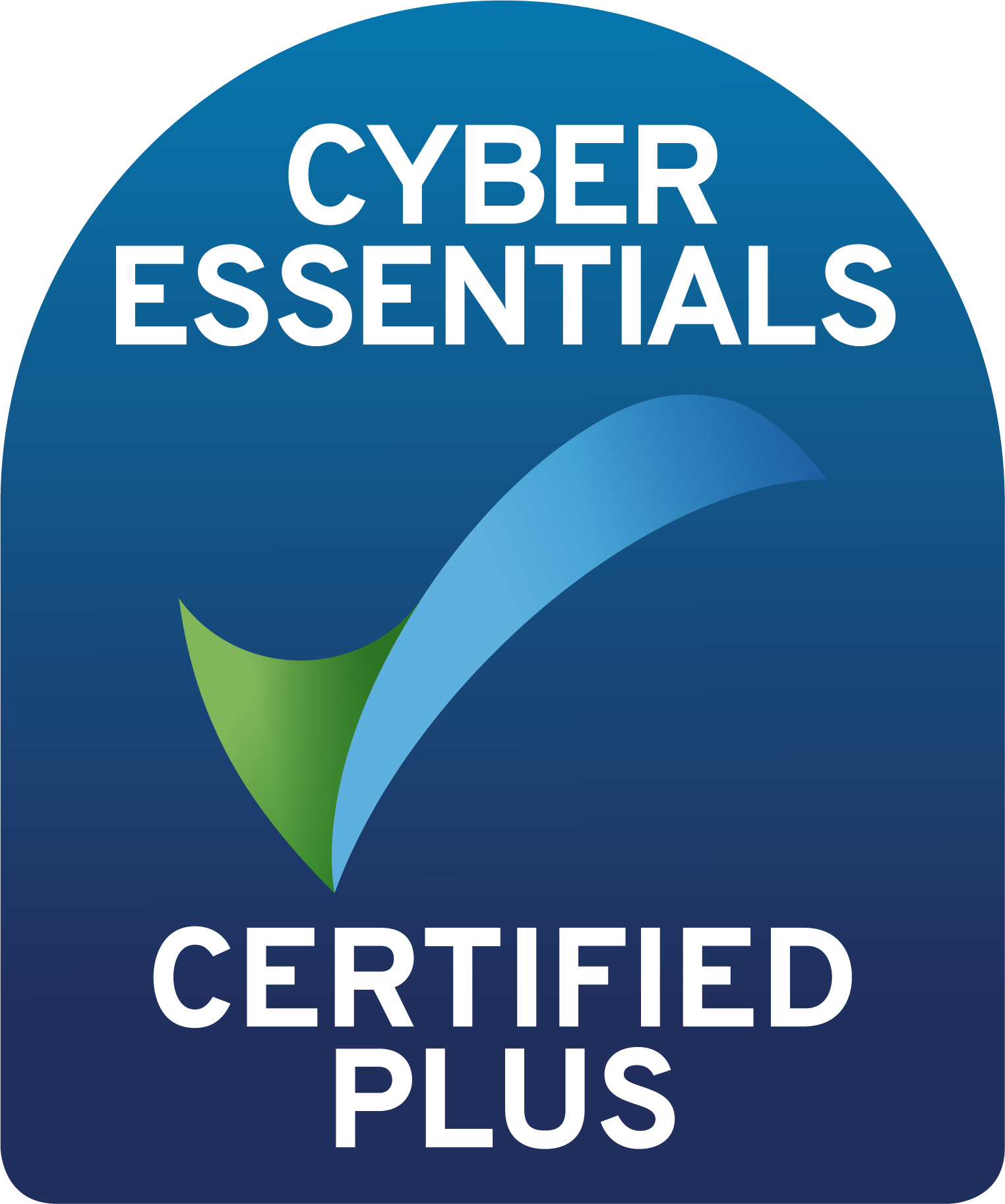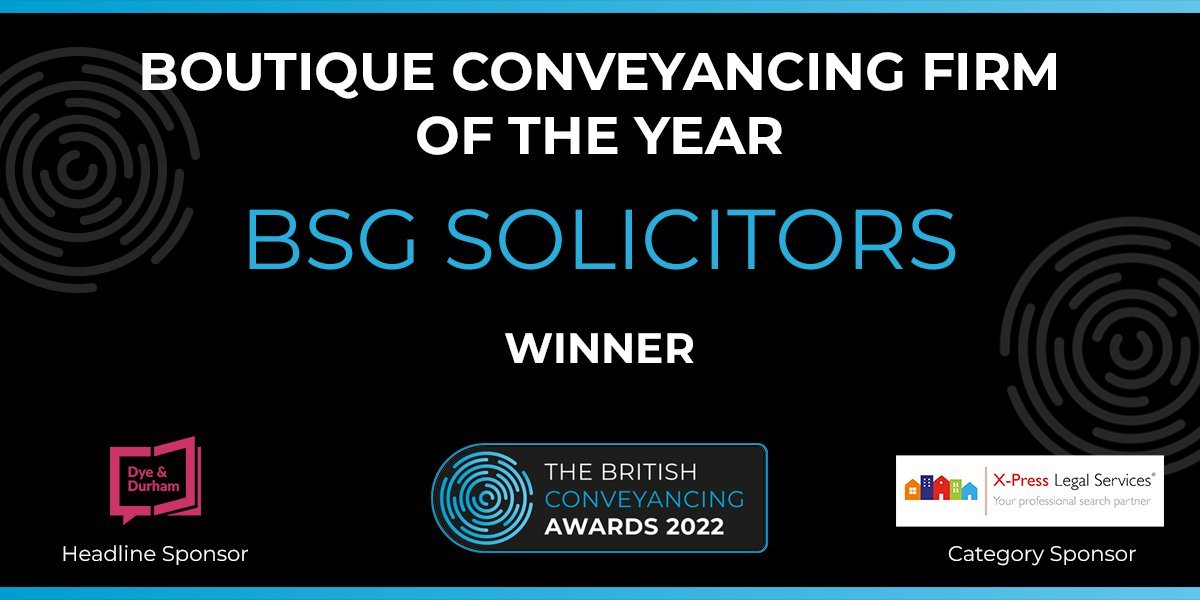Many people assume that when you buy a property you’re purchasing all the building and land as a package. However, the distinction between a freehold purchase and a leasehold purchase means that this is often not the case. There is a lot of confusion for buyers over what leasehold and freehold entail – almost half of homebuyers surveyed by The National Association of Estate Agents were not aware of the fees and charges that can arise with leasehold. As a result 94% regretted making a leasehold purchase. With leasehold making up around 18% of housing stock in the UK, especially for those purchasing apartments, it’s important to be aware of the distinctions between the two.
The basic differences between freehold and leasehold
Freehold. If you buy a property on a freehold basis then you become the freeholder and you own the building and the land it stands on outright, in perpetuity.
Leasehold. Buying a leasehold property means you have a temporary right to occupy the property that you buy. This is defined by the length of the lease, which can be anywhere from 40 to 999 years. Leaseholders often face restrictions on what they can do with the property (e.g. have a pet) and may have to pay a range of fees and charges to the freeholder.
The advantages and disadvantages of freehold vs. leasehold
Although being a freeholder means that you are the person responsible for maintaining the fabric of the building, such as the walls and roof, it’s usually the preferable option. Leaseholders often end up feeling like tenants, even though they have paid to purchase a property. This is because the lease may have conditions that require the landlord’s consent, such as repairs or renovations. There are a number of other disadvantages to leasehold properties including:
Ground rent. The National Association of Estate Agents study found that, on average, leaseholders paid around £277 per year in ground rent when they moved into a property and are now paying £319 a year.
Additional fees. There are a number of situations in which additional fees may become payable to the freeholder. For example, when carrying out alterations or even when selling the property – these may require notice, consent and the payment of fees as well as the use of certain materials or contractors that may be more expensive.
Positive covenants. The lease may also state that the leaseholder must carry out certain actions, such as maintaining a certain type of fence around the property or keeping it in a specific state of repair.
Service charge. Although the freeholder may have responsibility for looking after the communal gardens and areas, as well as the fabric of the building itself, they will usually seek to recover the costs to do this by collecting an annual service charge from the leaseholder(s).
Leasehold properties are most common in blocks of flats where the freeholder wants to maintain some kind of standard for all the occupants. However, a number of houses may be leasehold too. Before you buy a property it’s important to understand the implications of the freehold vs. leasehold distinction, both financially and in terms of how you can live in your home.










